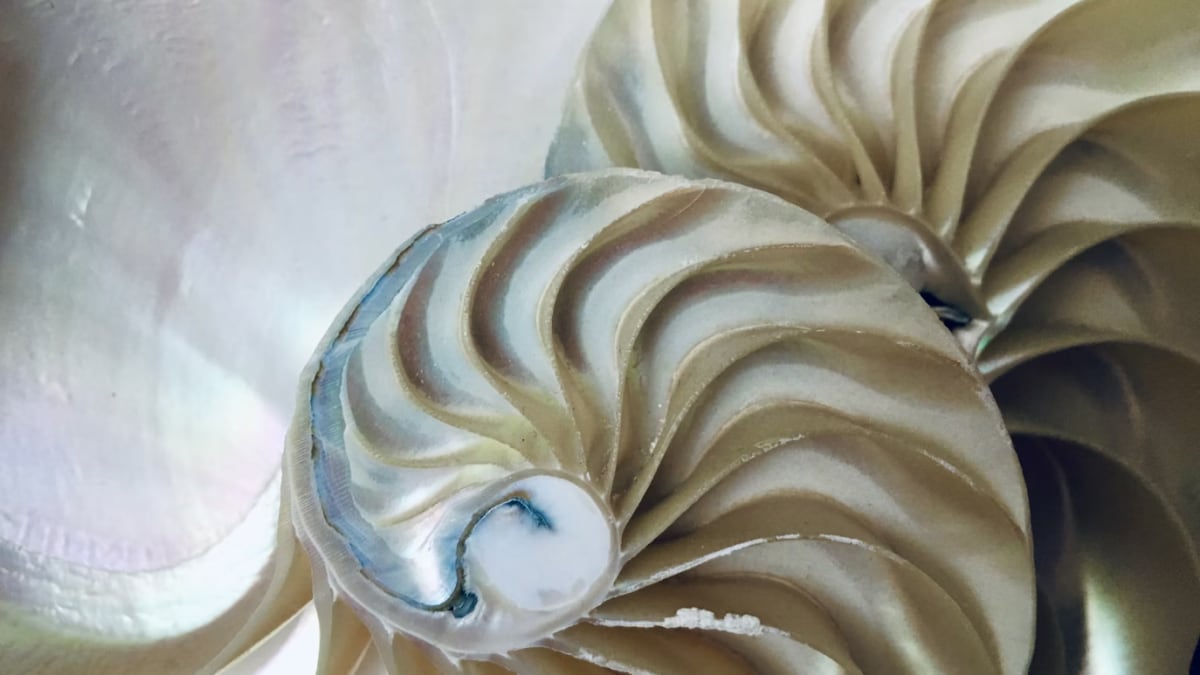Mathematicians discover soft cells, a new class of forms in nature

Recent mathematical research has revealed a fascinating new class of shapes known as “soft cells.” These shapes, characterized by their rounded corners and pointed ends, have been identified as widespread in nature, from the intricate chambers of nautilus shells to the way seeds arrange themselves in plants. This groundbreaking work delves into the principles of tiling, which explores how different shapes can be tiled onto a flat surface.
Innovative tiles with rounded corners
Mathematicians including Gábor Domokos of the Budapest University of Technology and Economics have investigated how rounding the corners of polygonal tilings can lead to innovative shapes that can fill space without gaps. Traditionally, it was assumed that only specific polygonal shapes, such as squares and hexagons, are perfect tessellations. However, the introduction of “cusp shapes”, which have tangential edges that meet at points, opens up new possibilities for creating space-filling tilings, a new study highlights. report through nature.
Converting shapes into soft cells
The research team developed an algorithm that transforms conventional geometric shapes into soft cells, investigating both two-dimensional and three-dimensional shapes. In two dimensions, at least two corners need to be deformed to create a good soft cell. The three-dimensional shapes, on the other hand, can surprise researchers by having no corners at all and instead taking on smooth contours.
Soft cells in nature
Domokos and his colleagues have noted these soft cells in a variety of natural formations, including the cross-sections of onions and the layered structures found in biological tissues. They theorize that nature favors these rounded shapes to minimize structural weaknesses that sharp corners can introduce.
Implications for architecture
This study not only sheds light on the forms found in nature, but also suggests that architects, such as the famous Zaha Hadid, have intuitively applied these soft cell designs in their structures. The discovered mathematical principles can lead to innovative architectural designs that prioritize aesthetic appeal and structural integrity.
Conclusion
By bridging the gap between mathematics and the natural world, this research opens up possibilities for further investigation into how these soft cells can impact fields ranging from biology to architecture.




